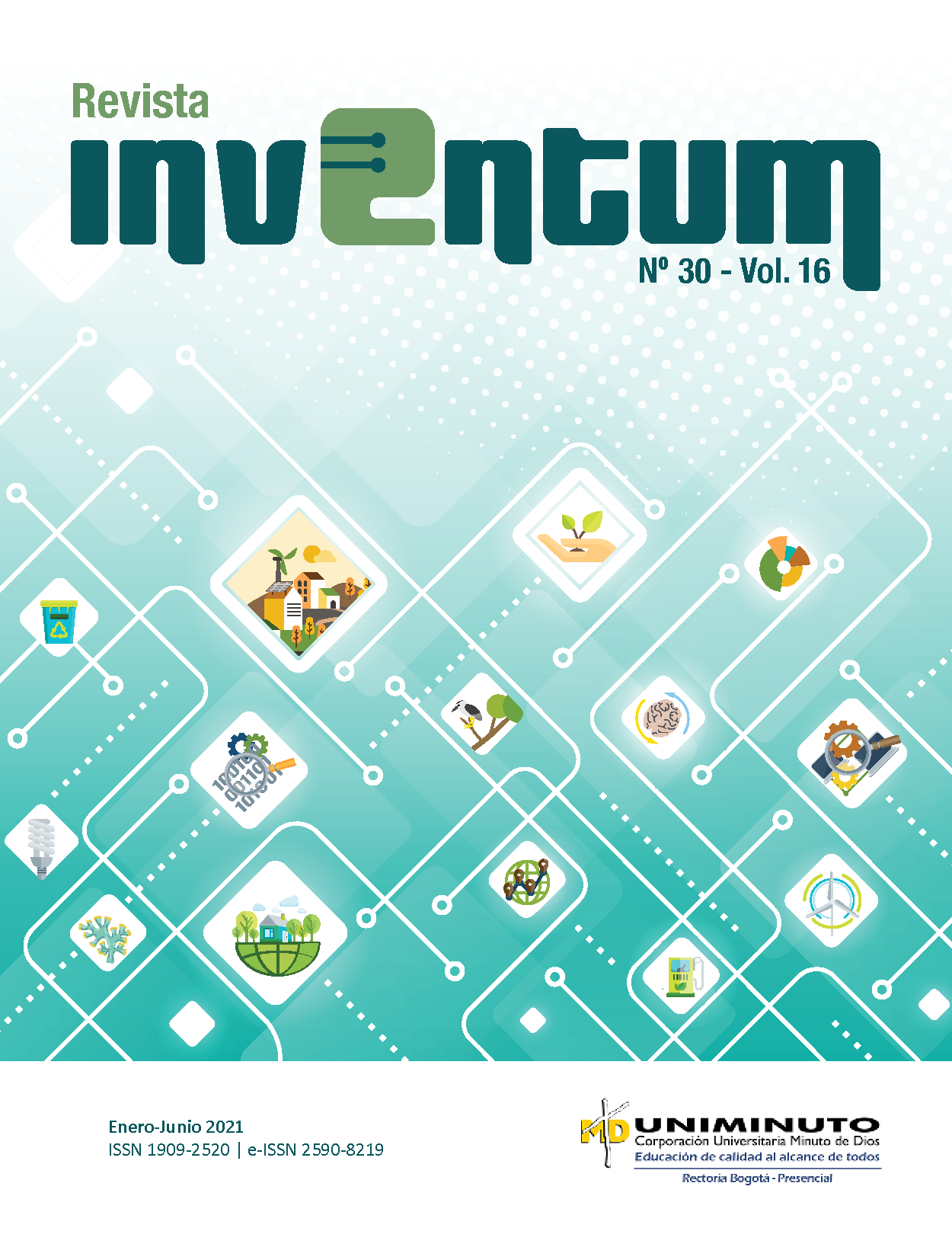Sustentabilidade financeira dos sistemas estruturais de paredes de suporte e alvenaria em projetos de interesse social
Barra lateral de artigos
Como Citar
Altmetrics
Detalhes do artigo
Se solicita a los autores que diligencien el documento de cesión de derechos de autor sobre el artículo, para que sea posible su edición, publicación y distribución en cualquier medio y modalidad: medios electrónicos, CD ROM, impresos o cualquier otra forma, con fines exclusivamente científicos, educativos y culturales
- La obra pertenece a UNIMINUTO.
- Dada la naturaleza de UNIMINUTO como Institución de Educación Superior, con un modelo universitario innovador para ofrecer Educación de alta calidad, de fácil acceso, integral y flexible; para formar profesionales altamente competentes, éticamente responsables y líderes de procesos de transformación social, EL CEDENTE ha decidido ceder los derechos patrimoniales de su OBRA, que adelante se detalla para que sea explotado por ésta
- El querer de EL CEDENTE es ceder a título gratuito los derechos patrimoniales de la OBRA a UNIMINUTO con fines académicos.
Conteúdo do artigo principal
Resumo
O trabalho desenvolvido analisa a sustentabilidade financeira através dos sistemas estruturais de paredes estruturais e alvenaria, considerando sua aplicabilidade em projetos de interesse social. O enfoque deste estudo é quantitativo, de tipo não experimental, visto que se pretende estudar o comportamento financeiro numa construção de habitação social com até seis pisos, com o objectivo de analisar os dados financeiros emitidos pela empresa, sem modificar, manipular ou intervir diretamente nas informações obtidas. O desenho metodológico é transversal descritivo uma vez que os dados serão obtidos num único momento, para serem analisados num estudo de caso, onde se pretende descrever o comportamento financeiro dos sistemas estruturais de paredes portantes e alvenaria estrutural, chegando à comparação com a identificação de diferenças e semelhanças, onde se determina o sistema estrutural que apresenta a melhor viabilidade.
Referências
[2]. Arnold, G. (2008). Corporate financial management. Pearson Education.
[3]. Stern, J., Stewart, B., & Chew, D. (1995). The EVA financial management system. Journal of applied corporate finance, 8(2).
[4]. Brigham, E. F., & Houston, J. F. (2012). Fundamentals of financial management. Cengage Learning.
[5]. Madura, J. (2020). International financial management. Cengage Learning.
[6]. Brigham, E. F., & Ehrhardt, M. C. (2013). Financial management: Theory & practice. Cengage Learning.
[7]. Bissonette, R., Corrie, C. R., & Wingate III, W. L. (2002). U.S. Patent No. 6,343,279. Washington, DC: U.S. Patent and Trademark Office.
[8]. Vargas, E. R. M., & Barón, C. (2018). La Fiducia mercantil inmobiliaria en el sector de la construcción en Colombia. Revista Ingeniería de Obras Civiles, 8(1), 29-33.
[9]. Dew, J., & Xiao, J. J. (2011). The financial management behavior scale: Development and validation. Journal of Financial Counseling and Planning, 22(1), 43.
[10]. Dew, J., & Xiao, J. J. (2011). The financial management behavior scale: Development and validation. Journal of Financial Counseling and Planning, 22(1), 43.
[11]. Gapenski, L. C., & Pink, G. H. (2007). Understanding healthcare financial management. Chicago: Health Administration Press.
[12]. Parotta, J. L. M. (1996). The impact of financial attitudes and knowledge on financial management and satisfaction (Doctoral dissertation, University of British Columbia).
[13]. Pollitt, C. (2001). Integrating financial management and performance management. OECD Journal on Budgeting, 1(2), 7-37.
[14]. Boyer, D. F., & Hammersla III, W. E. (2001). U.S. Patent No. 6,208,973. Washington, DC: U.S. Patent and Trademark Office.
[15]. Peel, M. J., & Wilson, N. (1996). Working capital and financial management practices in the small firm sector. International Small Business Journal, 14(2), 52-68.
[16]. Kerkmann, B. C., Lee, T. R., Lown, J. M., & Allgood, S. M. (2000). Financial management, financial problems and marital satisfaction among recently married university students. Journal of Financial Counseling
and Planning, 11(2), 55.
Artigos mais lidos pelo mesmo(s) autor(es)
- Vanessa Rodríguez Rueda, Edgar Ricardo Monroy Vargas, Diego Fernando Bedoya Ríos, María Alejandra Bohórquez Joya, Implementação de um sistema de tratamento individual para melhorar a qualidade da água na aldeia de Sabaneta Alta, San Francisco, Colômbia , INVENTUM: v. 17 n. 32 (2022): ENERO-JUNIO
- Efrain Casadiego, Constanza Garcia, Deicy López, Ricardo Monroy, Harold Chavez, Desenvolvimento rural sustentável: análise da infraestrutura de Veraguas-Pacho, Cundinamarca , INVENTUM: v. 18 n. 34 (2023): ENERO - JUNIO





